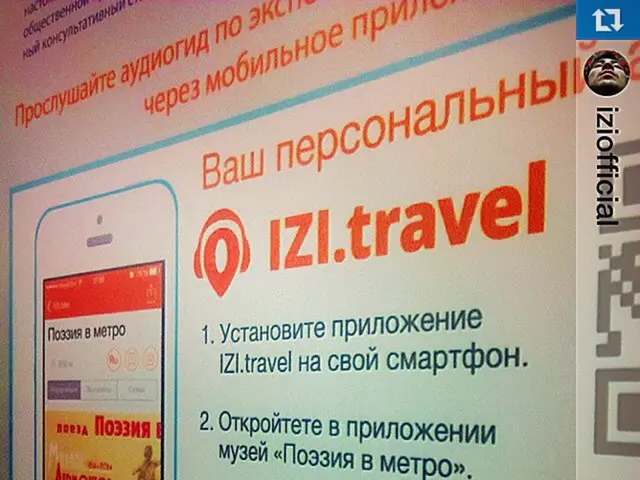AI advancements at Google improve abilities in areas AI notoriously struggles with, raising the query of identifying AI-generated images.
Google's SynthID Detector: A Step Forward in Identifying AI-Generated Images
Google has launched a new tool called SynthID Detector, designed to help identify whether an image is generated by an AI or is a genuine photograph. The system works by embedding an invisible digital watermark, called SynthID, directly into AI-generated images and videos [2][4][5].
The watermark is imperceptible to the human eye but can be detected by specialized tools developed by Google. This watermark effectively gives AI-generated content a unique "digital ID card" that enables identification and verification of AI origin.
As of mid-2025, SynthID detection tools were initially not publicly accessible, but Google has released dedicated detection tools earlier this year to help users identify such watermarks, promoting content transparency and trustworthiness [2]. The watermarking and detection capability is integrated into Google Photos' AI features, which are rolling out to over 1.5 billion users, starting with users in the U.S. on Android and iOS [3][4].
The ecosystem using SynthID is expanding with plans to add new AI tools embedding such watermarks over time [4]. However, SynthID is not currently offered as a widely available public API for broader external evaluation or independent verification [1].
While SynthID represents a significant step toward identifying AI-generated digital media, research shows such watermarks can be fragile under attack or modification, raising questions about long-term effectiveness [1].
Google's SynthID Detector is not the only tool in the market for identifying AI-generated images. Hive AI Detector is another third-party program to identify AI-generated images, and the Content Authenticity Initiative is another tool to read a file's Content Credentials [1].
It's important to note that calling an AI-generated image a "photograph" is not accurate, as it is not a real photograph. Imagen 4, Google's latest AI image generator, is equipped with improved capabilities in rendering text inside images, making it useful for tasks like creating greeting cards or comics [6].
However, the use of AI detectors among internet users remains uncertain, given their notoriously short attention spans [7]. It's unclear how often they will use these tools to verify the authenticity of images they encounter online.
In conclusion, SynthID embeds invisible watermarks into AI-generated images and videos, detectable via specialized tools, is integrated into Google's consumer AI tools (like Google Photos), and detection tools have been released but wider public API access and universal adoption remain limited as of 2025 [1][2][3][4][5].
References:
- Google's SynthID: A New Approach to Identifying AI-Generated Content
- Google's New SynthID Detector: How It Works and What It Means for AI-Generated Content
- Google Photos Now Includes SynthID Watermarking and Detection
- Expanding the SynthID Ecosystem: Google's Plan for the Future of AI Watermarking
- SynthID: Google's New Tool for Identifying AI-Generated Images and Videos
- Imagen 4: Google's Improved AI Image Generator
- Internet Users' Attention Spans and the Use of AI Detectors
- The invisible digital watermark, SynthID, embedded by Google in AI-generated images and videos can be detected by specialized tools, aiding in the identification and verification of content origin.
- Google's SynthID Detector is integrated into Google Photos' AI features and has been released as a tool to help users identify AI-generated content, promoting transparency and trustworthiness.
- As a step forward in identifying AI-generated digital media, Google's SynthID represents a significant improvement in the field of technology, but its long-term effectiveness can be questioned due to its vulnerability under attack or modification.
- Beyond Google's SynthID Detector, other tools like Hive AI Detector and the Content Authenticity Initiative are available for identifying AI-generated images, offering multiple solutions for users in the general news.
- Despite the potential benefits, the widespread public usage of AI detectors among internet users remains uncertain due to their notoriously short attention spans, making the future adoption of such tools questionable in the realm of photography and artificially intelligent media.




